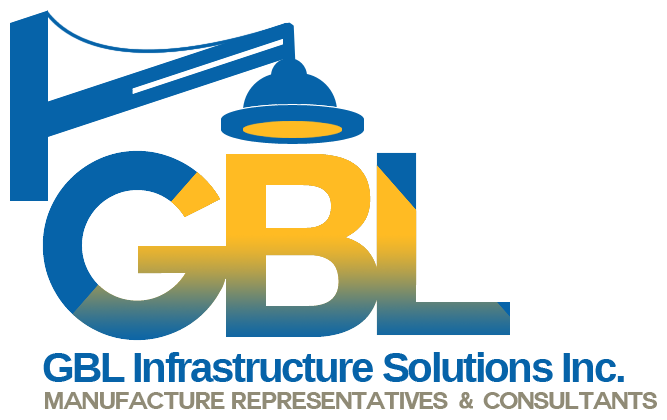CA Smart Cities Need Better CA Utility Poles
In the ever-evolving landscape of technology, the race to implement 5G and build smarter cities is gaining momentum. At the forefront of this transformation are small cell poles, emerging as the optimal choice for facilitating 5G networks and supporting the infrastructure required for smart cities. In this blog, we’ll delve into the reasons why small cell poles are the best choice for unlocking the potential of 5G and enabling the seamless integration of smart city technologies.
Enhanced Connectivity and Network Capacity:
Small cell poles provide a distributed network architecture that significantly enhances connectivity and network capacity. Unlike traditional macrocell towers, small cells are deployed in a dense pattern, covering smaller geographic areas. This approach allows for a more efficient use of CA EV Poles and the available radio frequency spectrum, reducing congestion and ensuring a smoother, more reliable 5G experience.
Improved Data Speeds and Low Latency:
As the demand for faster data speeds and low latency continues to rise, small cell poles play a pivotal role in meeting these requirements. Their proximity to users allows for quicker data transmission, reducing the time it takes for signals to travel. This is especially crucial for applications that rely on real-time communication, such as autonomous vehicles and IoT devices in smart cities.
Aesthetic Integration into Urban Environments:
One of the key advantages of small cell poles is their unobtrusive design, making them more aesthetically pleasing and easier to integrate into urban landscapes. This is particularly important as cities strive to become smarter without sacrificing their visual appeal. Small cell poles can be camouflaged or designed to blend seamlessly with existing infrastructure, minimizing the visual impact on neighborhoods and public spaces.
Cost-Effective Deployment:
Compared to traditional macrocell towers, small cell poles offer a more cost-effective solution for deploying 5G networks. Their smaller size and lower power requirements result in reduced infrastructure costs. Additionally, the ability to leverage existing infrastructure, such as utility poles and streetlights, streamlines the deployment process, making it both cost-efficient and quicker to implement.
Scalability for Smart City Applications:
Smart cities rely on a robust and scalable infrastructure to support a multitude of applications, from intelligent traffic management to environmental monitoring. Small cell poles provide the necessary scalability, allowing cities to incrementally expand their 5G networks and integrate new technologies as needed. This flexibility is crucial for the dynamic nature of smart city development.
Learn More From The Experts on Small Cell Poles
In the race towards 5G and the realization of smart cities, small cell poles emerge as the frontrunners, offering enhanced connectivity for CA Utility Poles, improved data speeds, aesthetic integration, cost-effectiveness, and scalability. As we embrace the era of connectivity and intelligence, the deployment of small cell poles stands as a testament to the innovative solutions driving our cities towards a more connected and efficient future. To learn more about the future of lighting in your city, contact GBL today!


















